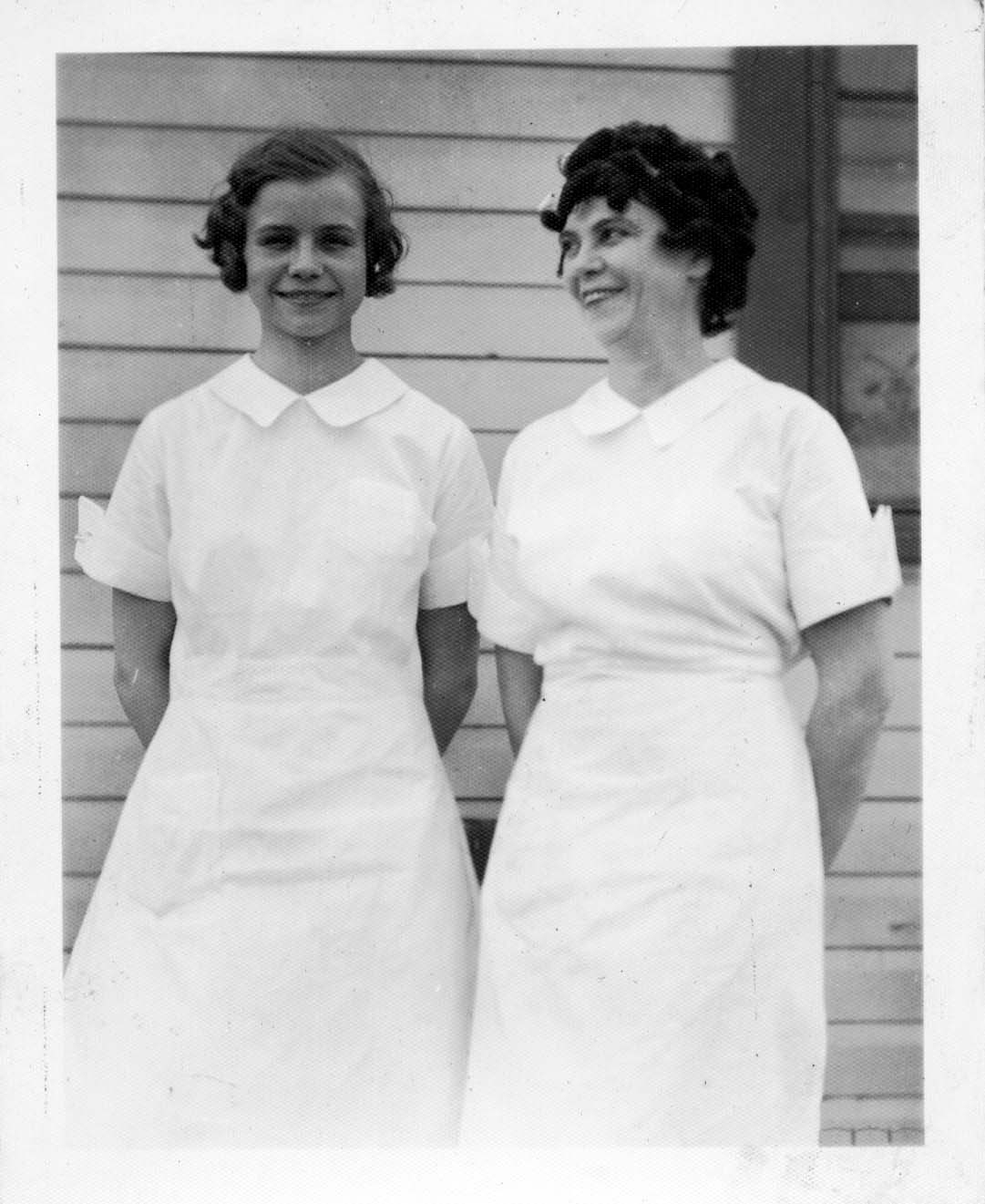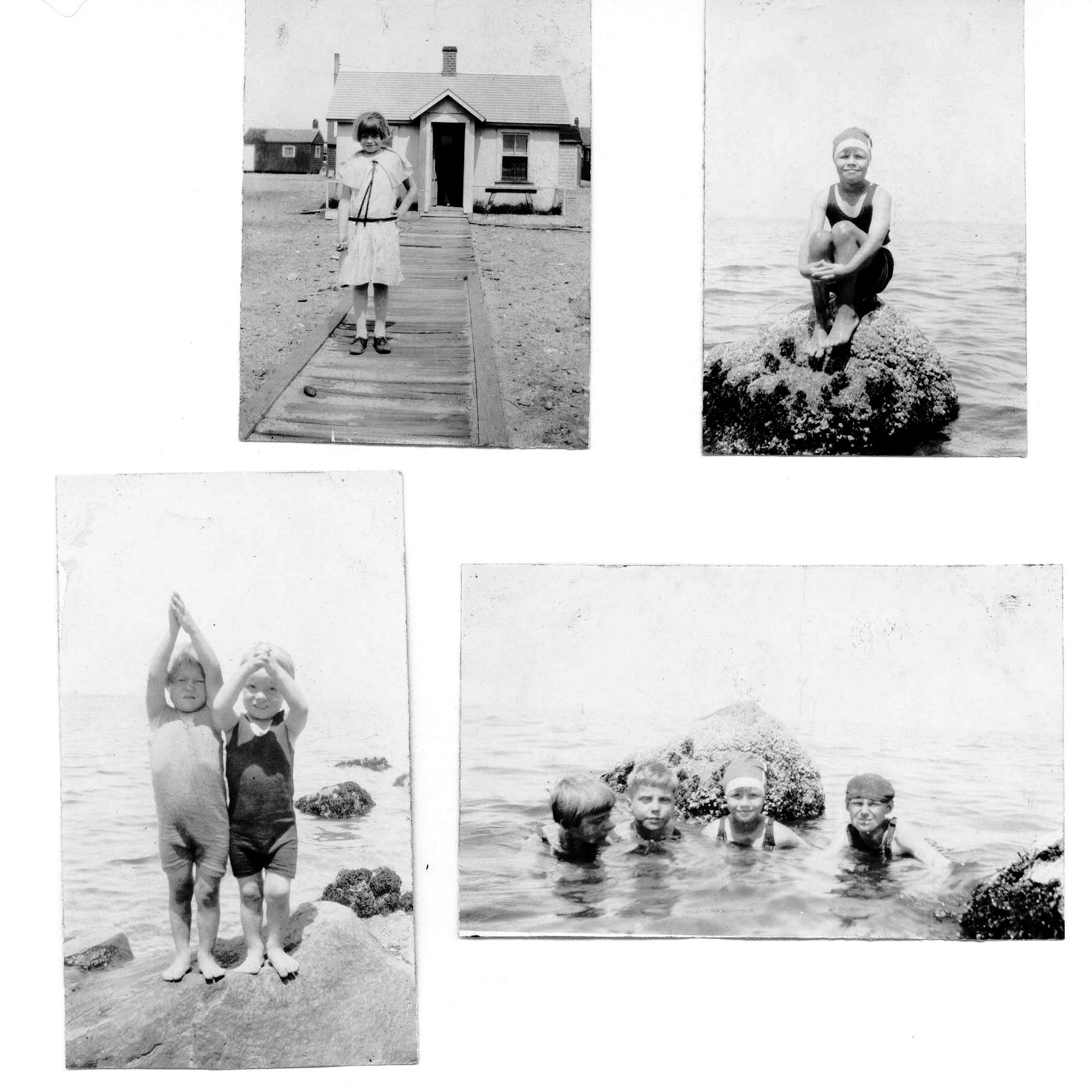

It was her father’s job with Carl Fisher that moved the family of Edna Sorenson to Montauk in 1927. At first they rented a cottage in the old fishing village on Fort Pond Bay, which was then known simply as “on the beach.”
“We spent many happy hours in Fort Pond Bay perfecting our swimming and probably our good health,” Edna said in Peg Winski’s 1997 book Montauk, going on to recall feeling a painful pinch when she stepped on one of Jake Wells’s underwater lobster pounds.
In about 1928 the family moved into a house on Murder Hill east of Duryea’s, from which the four children would set off to play a game they called “Christopher Columbus.”
“No, there were no rules. I was the boss, of course. Frank especially had no choice because it was my idea, I guess, to do it,” Mrs. Biase said, referring to her younger brother. “And it was just lovely to walk all over the hills and pretend we were discovering America.”
While exploring, Edna and her siblings would pick blackberries and look for arrowheads in what was still a mostly wild landscape, even before the expansion of Edgemere Road leveled another hill near the Montauk Manor. One time, not far from home, the children discovered a door leading to a rumrunner’s abandoned “wine cellar.”
Edna grew to know “a different Montauk”: traveling on cinder roads, attending school at the foot of the Manor, being around for the arrival of electric lights, a New London ferry, and the Fishermen’s Special in the old fishing village, where she waitressed at Bill’s restaurant before it was moved south, attending theatrical productions on Main Street and graduating from high school in East Hampton’s Edwards Theater. She lived through the Depression and the 1938 Hurricane, witnessed the local effects of World War II, worked at White’s Liquor Store and as the Montauk reporter for the East Hampton Star …
Mrs. Biase shared many of her recollections on tape in addition to donating a small collection of photographs to the Montauk Library Archives and interviewing many of Montauk’s longtime residents herself. In 2002, Adrienne Collins and the late Suzanne Gosman interviewed her for an oral history, which can be found along with many others in the Montauk Library’s collection on the New York Heritage Digital History website. She died in 2009 at the age of 90.

Reply or Comment